1
HOME > Fashion History >
DEFINING SPREZZATURA DRESSING FOR THE MODERN MAN
A REBELLION AGAINST CONFORMITY WITHOUT SHEDDING THE TRAPPINGS ENTIRELY
Written by Ivan Yaskey in Fashion History on the 3rd September 2019

“When you grow up, your heart dies.” It’s a line Ally Sheedy’s character Allison utters in The Breakfast Club and one of the film’s most memorable – partially for its unabashed, only-kids-can-say-this truthfulness, but also because, looking at ‘80s teendom as an adult in 2019, fun goth or New Wave fashions eventually end in power suits and beige officewear. It’s a total letdown, but most of us conform purely for the sake that we’ll mostly be unemployable if we don’t.
We don’t have to grin and bear it, though. Three-plus decades after the seminal John Hughes’ film’s release, smart casual is the name of the game, and sprezzatura – that Italian style of dressing associated, although erroneously so, with Pitti Uomo – is gaining ground, fueled inevitably by Instagram and Pinterest. However, sprezzatura isn’t just finding a royal blue suit jacket, pairing it with white linen trousers and leather loafers, and calling it a day by posting a new street photo shoot. Rather, this approach to dressing – in a nutshell, it’s rebellion against conformity without shedding the trappings entirely – has centuries of history and is far more complex and nuanced than we make it out to be.
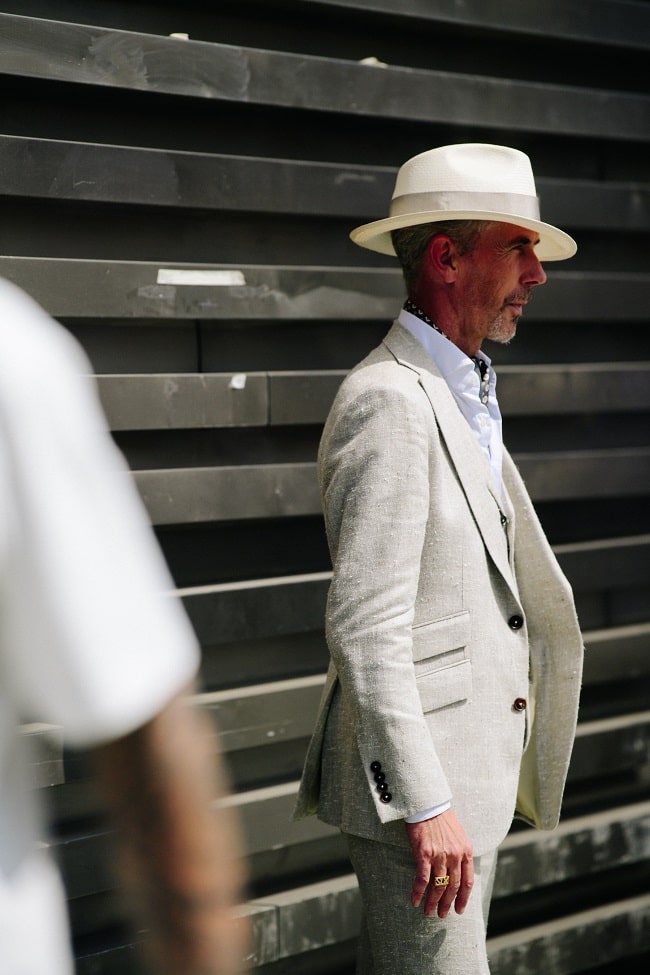
The Origins of Sprezzatura
As a word and concept, “sprezzatura” goes back to The Book of the Courtier, written by Baldassare Castiglione in the 16th century as – what might be described in more modern terms – a guide for guys wanting to blend in with the period’s aristocracy. To summarise its big-picture points, Castiglione advised through speech, presence, and fashion the concept of being effortlessly sophisticated without ever seeming forced. Simply put, a high-striver shouldn’t ever come off as too much of a try-hard or sycophant; you should enthrall and engage without ingratiating. Although we don’t entirely know what this would’ve looked like at the time, the modern-day visual inspiration – and perhaps Insta #inspo – comes from Gianni Agnelli, a 20th century Italian industrialist and former Fiat president who intentionally made stylistic errors – commonly cited, wearing a wristwatch over his shirt cuff, uneven tie blades, and hiking boots with a suit – with traditional business garb.
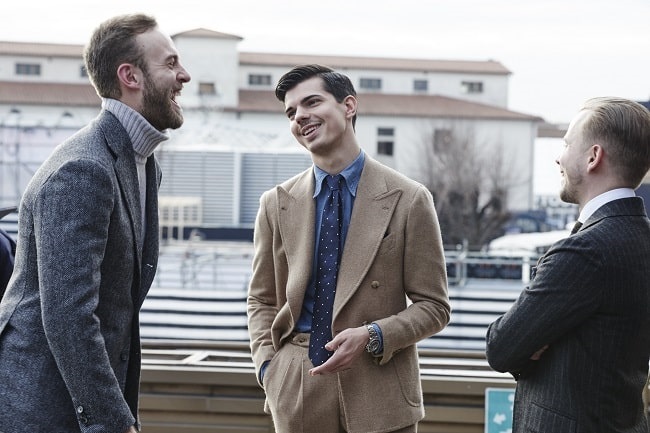
Seemingly, the goal – much like how we view Steve Jobs’ style choices and quirks – was to alleviate much of the formality and order we associate with dress codes without actually breaking them. Or, to sum it up, Agnelli did his own thing without actually going against the grain and having the type of cash he had definitely makes that easier: It’s quirky, effervescent, and innovative, versus sloppy. Class politics aside, sprezzatura can be diluted down to balance: between social expectations and personal originality, between “the way things are done” and “the way you want to do things,” between understanding style rules and straying just out of the lines, and finally, between effort and effortless. Successful sprezzatura is never too much of one thing, yet enough of both that others can sense your quiet rebellion.
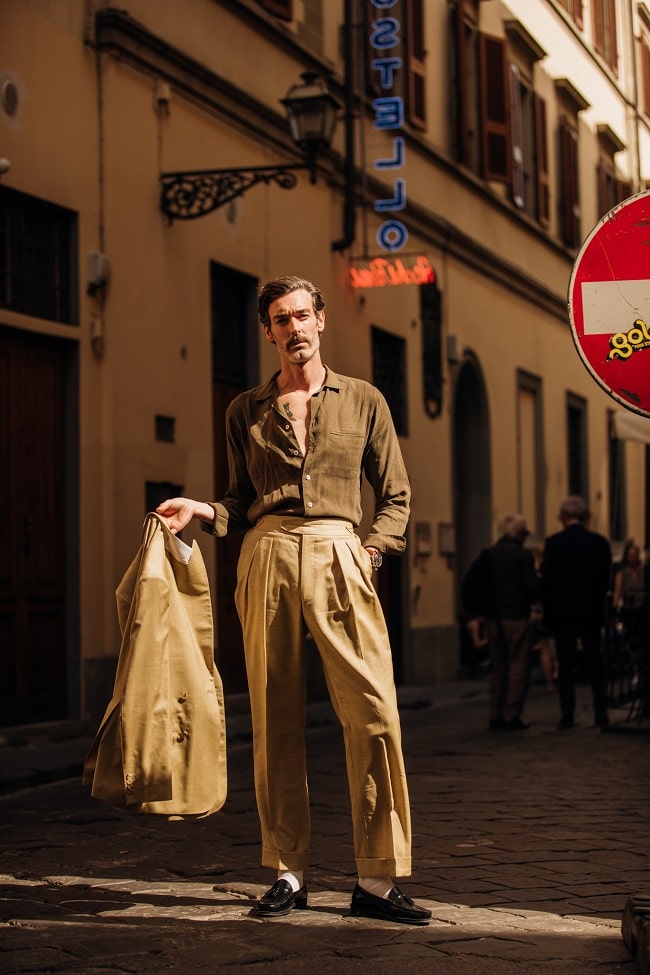
What Sprezzatura Looks Like
Theorists and purists believe sprezzatura is an ever-evolving concept of always but carefully going against the grain. When others keep their shirts unbuttoned all the way up to the collar, the daringly sophisticated man, for instance, always leaves one or two undone. These days, though, with the undone collar being the accepted casual norm, the sprezzatura-inspired guy would find pleasure in the specific formality of an up-to-the-collar buttoned shirt, perhaps adorned with a tie or scarf to hit the point fully home. Indirect Instagram-enforced uniformity and intentionally calculated for-the-photographers style have chipped away at such mid-20th century rakishness. Rather, its modern-day elements often boil down to:
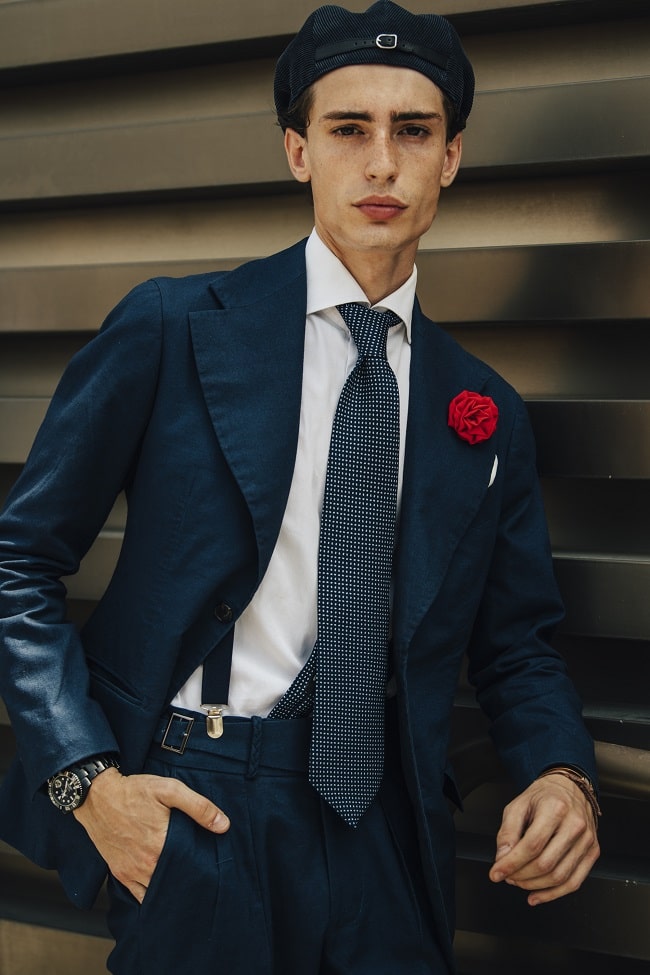
Foppish-free elegance: He’s the man in the solid royal blue suit – not the all-over paisley one, nor the solid navy number.
There’s something rough around the edges: It’s the “I just woke up like this” version for men, albeit with extensive planning the night before and lots of rearranging in the mirror before he sets foot out the door. Specifically, garments look like you’ve been wearing them for some time – perhaps slightly faded or even scuffed just so.
Never being formal: Between the full-on three-piece suit and jeans and a bomber, an unstructured blazer, chinos or pleated trousers, and slip-on buckled shoes present plenty of possibilities, especially once you start playing with texture and colour.
Not too tight and not too loose: Think tailored, without actually visiting the tailor. Strive for slim and tapered over being too skintight and cropped or overly oversized. Whatever you wear should have just enough space for your body to move.
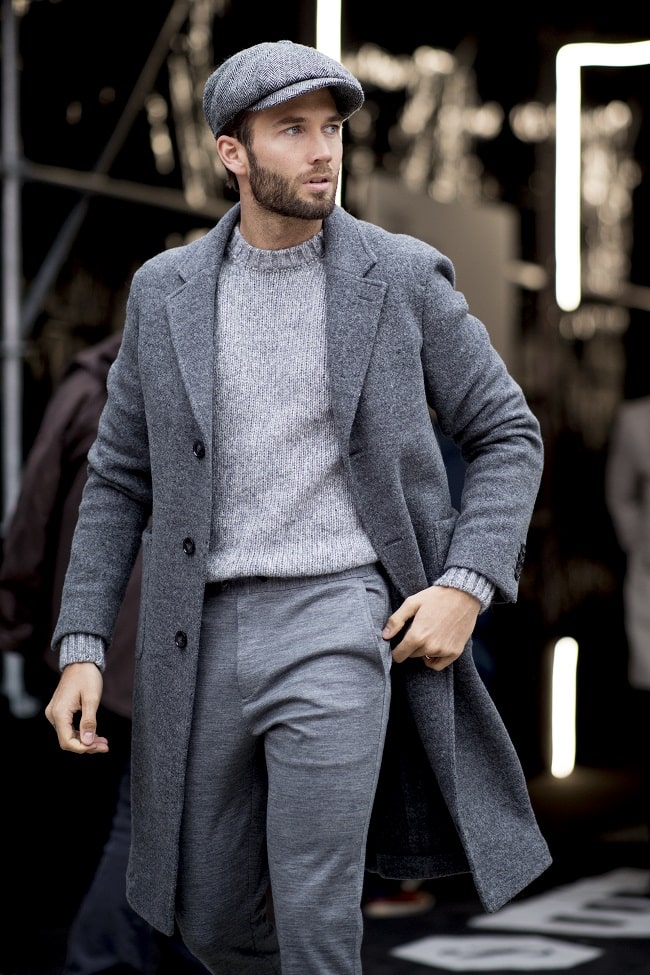
Open, undone, and untucked: Leave the blazer buttons opened, the collar undone, and the shirt out and over your trousers. And, should it not be too much of an inconvenience, try not to fully lace up or buckle your shoes. A sense of ease, as if you just left the office and are almost literally letting everything hang out, should fall – or look like it falls – over you.
Avoid accepted style rules: Beyond Agnelli’s approach, it might mean wearing a T-shirt or sweater, rather than a collared shirt, under your blazer or socks with slip-on shoes.
Think about texture and colour: There’s a reason Milan and Pitti Uomo have their own shades of red and blue, respectively. Although direct colour-blocking is a bit too extreme, blend some bolder, brighter shades into your lighter-hued neutrals. Textures, too, can be arranged similarly – ideally with a mix of tactile materials layered over each other.
Have a signature: Like a certain way you wear a hat or tie but make it your only one. Too much rule defiance looks like you can’t dress yourself. At the same time, don’t go too overboard: You don’t want to be Mystery, and you definitely don’t want to be peacocking.

Your Basic Sprezzatura Garments
In spite of its rebellious undercurrent, sprezzatura isn’t – and should never look or feel like – punk. Classic, timeless pieces still compose its core, and if you’ve built up a wardrobe of menswear basics, you’re generally all set. Nevertheless, you’ll notice that specific items characterise modern sprezzatura dressing:
The Unstructured Blazer: Preferably unlined and just a hint wrinkled, this garment – in single- or modern double-breasted form – is perhaps the most quintessential. Check out any street style photos from Pitti Uomo, and everyone captured – likely intentionally – sports one that contrasts against relaxed trousers that may be slightly rolled at the ankles. Yet, in true sprezzatura fashion, the blazer itself isn’t the be-all-end-all to your look. Instead, base your approach on rules concerning jacket buttons: Formal situations dictate buttoning just the top and leaving the jacket unbuttoned once you sit. Letting it flap in the breeze – whether or not you’re standing – or keeping every set on your double-breasted blazer secure flouts these conventions no matter how you look at it.
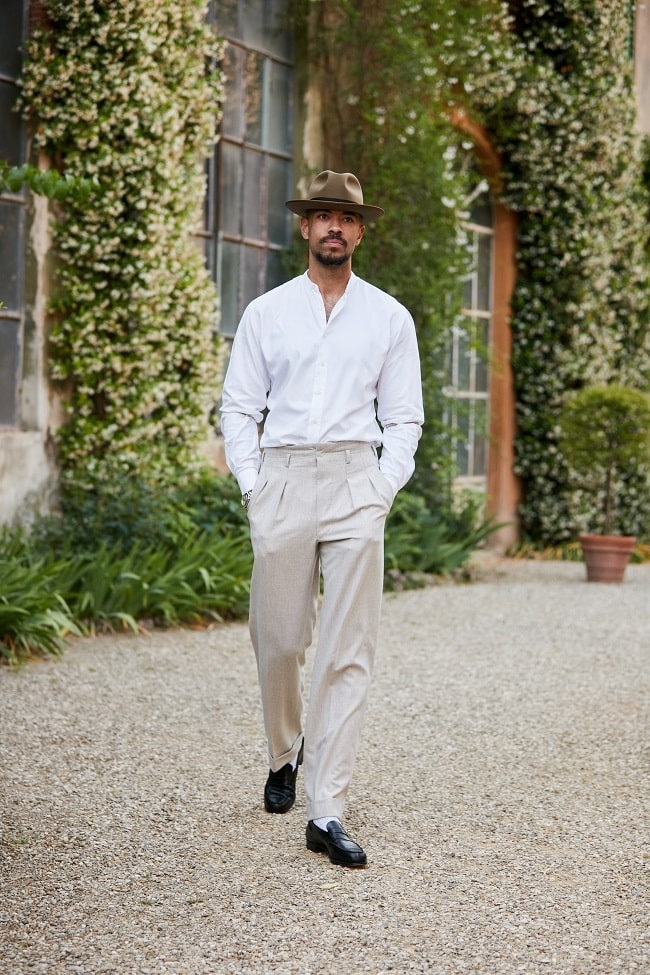
Tapered Trousers: As we touched on, your trousers should be neither too tight nor too loose – so forget those spray-ons and revived JNCOs. Rather, your slim chinos – perhaps in a dusty pastel or saturated purple – have just the fit – one that looks and feels easygoing but also that shows you know what works with your body. As with your suit trousers, these should fall right to the tops of your shoes or be just slightly cropped.
A Collared Shirt: The debate’s still on about whether unbuttoning a button-down shirt’s collar points counts as sprezzatura dressing, or if it’s just outright laziness. Wherever you stand, you can’t go wrong with a solid-colour button-front shirt. A soft, flat collar tends to be easier to style – and conveys just a tad more effortlessness – than a stiff, pointed one, but ultimately that’s up to you. The key, here, though is knowing what’s expected for the shirt, and just skewing those rules ever so slightly in your favour. It might even be – in surprise fashion – securing the very top loop on your camp collar.

An Accessory: Stick to one or two, but if you’re appearing with a cocked brimmed hat, a metal watch, coloured socks, and a longer-than-size belt, you’re officially in swag territory. With sprezzatura, there’s no definitive accessory, although you’ll spot men with a contrasting pocket square, a patterned scarf, socks with a pop of colour, or a belt or tie that’s just a smidge too long. By winter, leather gloves and a bag slung over your shoulder are acceptable. In all cases, whatever you select should have a mixed aura of wear and personal distinctiveness about it. It’s as if you’ve had this item forever (chances are, you have) and because it has this much power, you won’t ever drop it from rotation. Plus, classic construction – as opposed to something fast fashion – means it’ll last you this long and then some.
Leather Shoes: Some guides say oxfords are the ultimate sprezzatura shoe, but the fact is, anything clean, lightly worn, and low-height stays out of the way. Consider a single accent – say, a buckle or brogue details along the front – but because bright colours and ornate additions quickly shift your footwear into statement territory, keep things simple. After all, even if you’ll be wearing something just slightly undone, you still need to move and feel comfortable.

Trending
2
3
4
5
6
7
8
9
10










